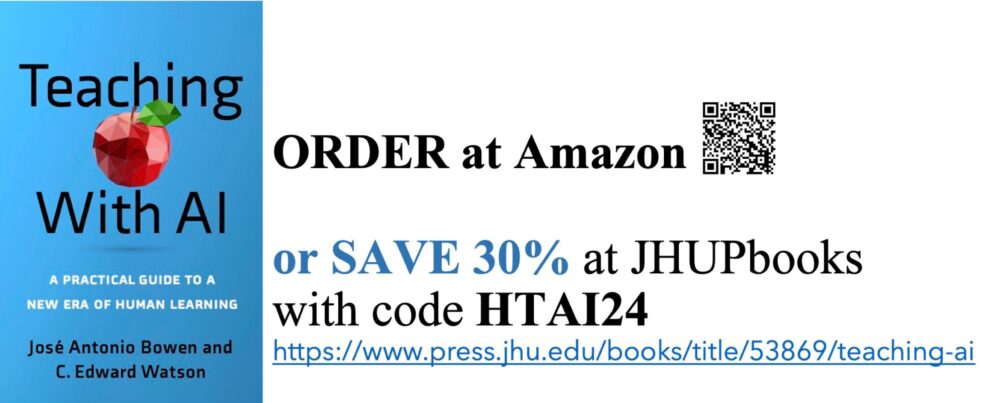While lots of us have tried “flipping” classrooms, some folks are more hesitant about MOOCs, but they are really the “flip” sides of the coin. (Sorry…) Now we are learning that the combination can be a powerful one.
One of the chief criticisms of MOOCs is their tiny completion rate. That assumes, however, that MOOCs–as stand alone courses–are meant to replace traditional courses, but they are not. The audience for stand alone MOOCs are life-long learners who are very self-motivated or those who have no other access to higher education, and who are also who very self-motivated. The philanthropy that is fueling MOOCs is largely hoping to expand higher education–not drive smaller and regional universities out of business. (And the institutional support from MIT, Harvard and Stanford is about branding. For them, and not for most of us, this is an opportunity to expand and enhance their worldwide reputations.)
For universities, the advantage of MOOCs is that they provide content. At the moment, that content can be good, but the learning situation is often poor. Like most early filmmakers, most MOOCs consist of boring video version of live lecturers. As with early film versions of stage plays, filming a live event does not usually enhance it. But filmmakers soon learned that films could do things that even live theater could not do, and a new genre was born. So watch for the pedagogy of MOOCs to improve rapidly: video content does not have to be a professor at a chalkboard and soon it won’t be. Unlike a live lecture, videos and podcasts can teach to the many and not to the middle. Most of us are limited to one language, one example, one analogy, and one mode of delivery at a time, but a playlist of 25 different types of explanations in different languages using different approaches to a single concept will be able to support the learning of different types of students simultaneously.
MOOCs will become better and more useful as the pedagogy improves, but unless you are really giving the most inspirational lectures, you might find that a flipped class that uses video lectures, perhaps from an edX MOOC at Harvard, allows you class time to do other things and provides for more engagement and more student learning.
San Jose State University has tried this experiment with three sections of an EdX course Circuits & Electronics. Two of the classes met for conventional classes, but the third class used the online videos and then used class time for something else. “The pass rates in the two conventional sections were 55 percent and 59 percent. In the “flipped” section with the edX videos, 91 percent of students passed.” (Wired Campus Blog Chronicle of Higher Ed: California State U. System Will Expand MOOC Experiment, April 10, 2013, 3:34 pm By Steve Kolowich)
OK, so the key here is the “something else.” The heart of Teaching Naked, is that course design is going to matter more and more. Just having students watch videos is not going to improve pass rates. Having the time to engage students during those valuable and expensive hours in the classroom where the face to face experience means more than just watching a talking head is what is improving pass rates. Some faculty assume that being “the guide on the side” is somehow a less compelling job than being “the sage on the stage.” actually, it is the MUCH harder job. Delivering content is fairly easy. Most of us could do better, but at research universities, most of us figured out we needed just to be good enough at it to get tenure. Designing great courses and creating immediately interesting class activities is much more challenging, but it is also where the value of face to face education is. It is also the only way to justify the enormously increased cost.
Flipping, if it is done well, won’t reduce instructional costs. But if pass rates soar like they did in the test case, then it WILL reduce institutional costs, which could mean for better and more stable universities. The hard part for faculty, and the reason we will need centers to help us, is because doing this well will be hard work.
San Jose State is creating a Center for Excellence in Adaptive and Blended Learning, where professors from the other Cal State universities will come to learn how to integrate edX materials into their classes. Surprised?
